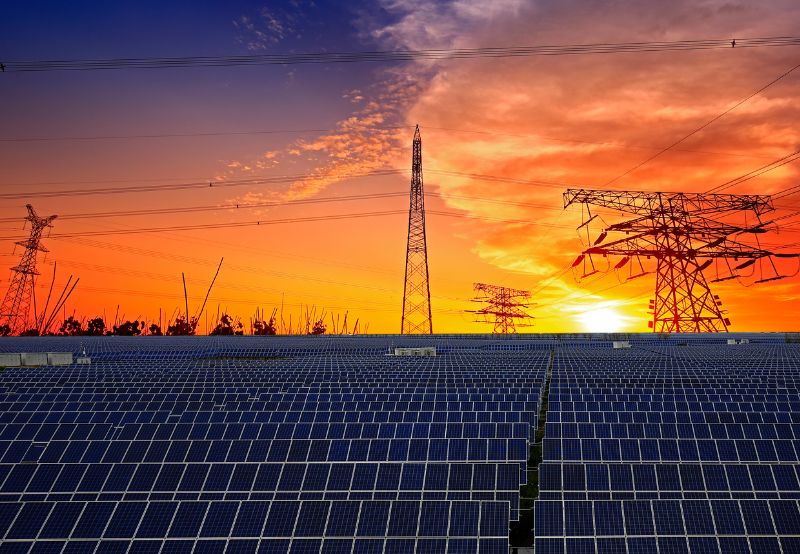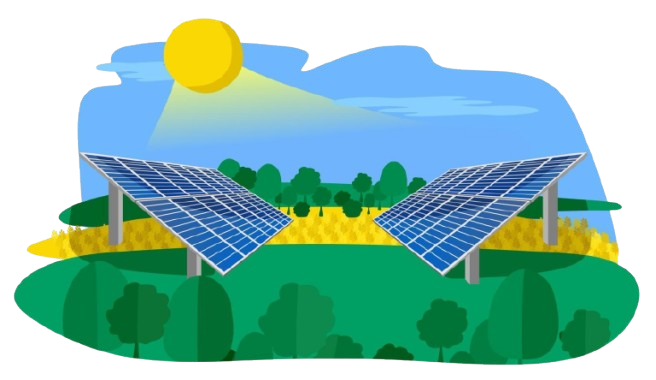As the demand for affordable and clean energy rises, many communities are turning to council-led group-buy programs for solar power. These initiatives bring together residents, businesses, and local authorities to purchase solar systems at discounted rates. But how exactly do these group-buy models work? Let’s break it down step by step.
As the demand for affordable and clean energy rises, many communities are turning to council-led group-buy programs for solar power. These initiatives bring together residents, businesses, and local authorities to purchase solar systems at discounted rates. But how exactly do these group-buy models work? Let’s break it down step by step.

A group-buy model is essentially a bulk-purchasing program where a local council or governing body coordinates a collective order for solar panels and installation services. By combining demand from many households or businesses, councils can negotiate lower prices and better terms from solar providers.
Think of it as “wholesale for solar”—but organized by your local council.
Councils play a key role because they:
The goal? Make solar energy more affordable, accessible, and hassle-free.
The council launches a program inviting households and businesses to register their interest in installing solar panels. This isn’t a commitment to buy yet—it simply gives the council an idea of demand.
The council issues a tender, or request for proposals (RFP), to vetted solar providers. Bidders compete on price, quality, warranty, and after-sales service. The council then selects the preferred supplier(s).
Because hundreds of potential customers are pooled together, suppliers offer significantly lower prices compared to individual installations.
Registered participants receive a tailored proposal from the chosen supplier, outlining system size, price, and savings. They can then decide whether to proceed.
The supplier installs the solar systems according to a standard schedule. Councils often help monitor quality and ensure installations meet safety and performance standards.
Programs like Solar Savers (Australia) and Solar Together (UK) have already helped thousands of households switch to solar with savings of 15–30% compared to retail prices. These models show how collective action can make renewable energy mainstream.
As renewable energy demand grows, we’re likely to see expanded council group buys covering not just solar panels but also battery storage, EV chargers, and even community solar gardens. These initiatives can make clean energy affordable for more households while helping councils achieve climate targets.

Council group-buy models are a powerful way to democratize solar adoption. By leveraging the collective power of communities, they reduce costs, simplify the process, and speed up the shift to a low-carbon future. If your local council offers such a program, it’s worth exploring—you could save money and help your community go green at the same time.